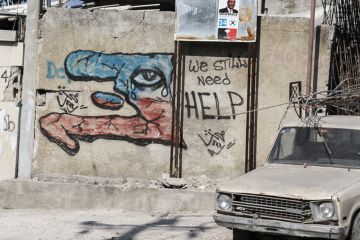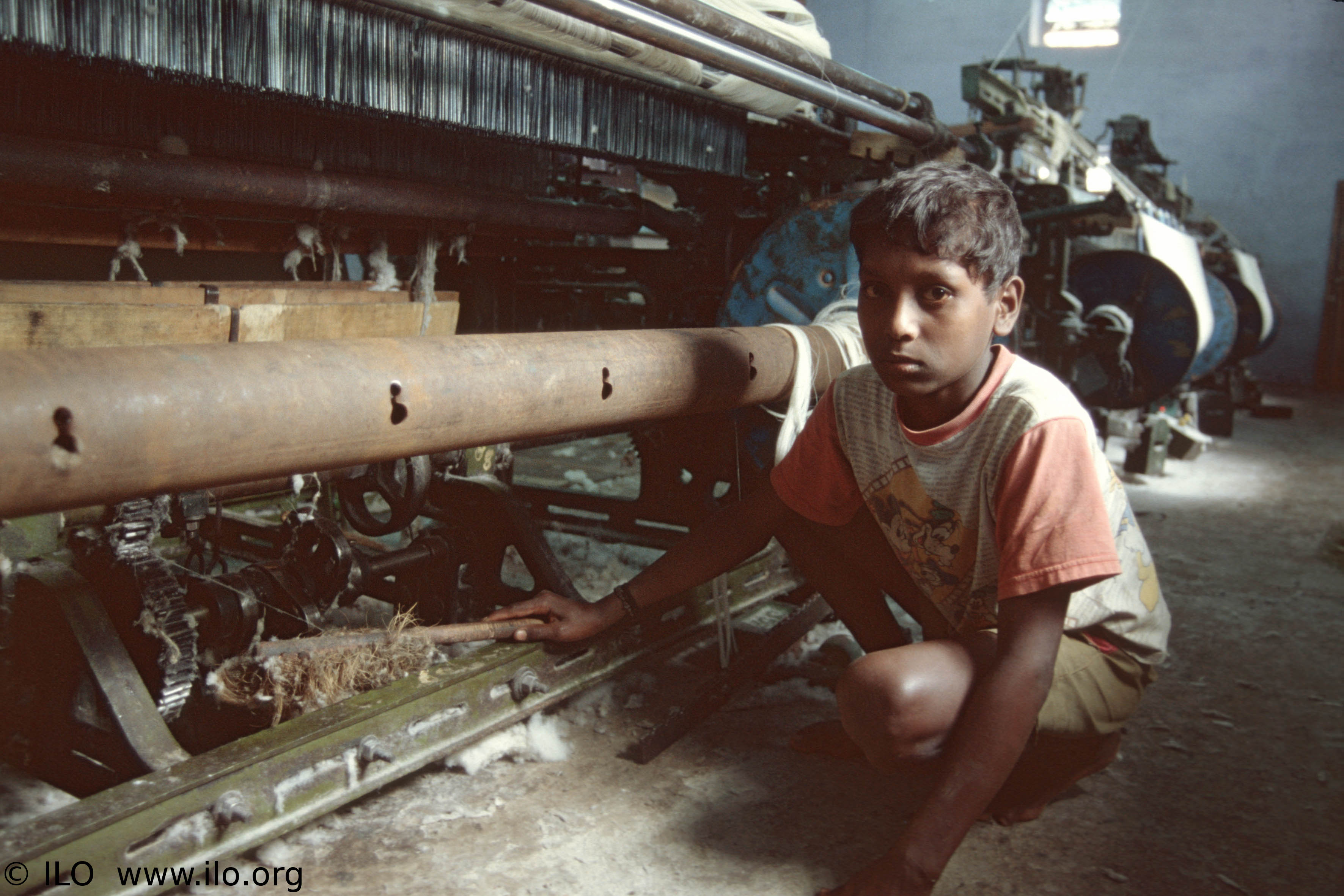Kony has become a ubiquitous and infamous name in cyberspace, thanks to the release of a short documentary-like film produced by Invisible Children. A massive uproar swept social media sites such as Facebook and Twitter, where people all over these Internet platforms “shared” and “retweeted” his name in the hopes that, as the Invisible Children film mandated, his name would become famous and his crimes pervasively known.
However, doubts about the legitimacy of the Kony 2012 campaign and of the organization which produced it soon emerged. Critics of Invisible Children have looked towards charity-evaluation institutions such as Charity Navigator for substantial claims against the organization.
Charity Navigator is just one out of many non-profit programs that evaluate American charities. The organization’s self-described mission is to “[provide] information on over five thousand charities and…[evaluate] the financial health of each of these charities….By guiding intelligent giving, we aim to advance a more efficient and responsive philanthropic marketplace, in which givers and the charities they support work in tandem to overcome our nation’s most persistent challenges.”
Charity Navigator’s ranking system uses three main categories: Financial Health, Accountability and Transparency and Results Reporting, which is programmed to be in effect in July 2012. Overall, Invisible Children has earned a 3 or 4-star rating. Where Invisible Children lost points was in Accountability and Transparency.
As Charity Navigator states on its website, “The main reason Invisible Children earned just 2 stars in Accountability & Transparency is that it has less than 5 independent Board members,” who are also required to form a majority on the Board. Indeed, Charity Navigator has placed significant emphasis on the plurality of board members because they believe a more democratic and diverse board leads to a greater likelihood that unethical and unlawful behaviour can be prevented, especially when it concerns money management.
The factor that pushed up Invisible Children’s ratings was its Financial Health. In regards to Invisible Children’s financial health, Charity Navigator gave the organization a 4 out of 4, because it “spends upwards of 80 percent of its budget on its programs and services. As such, Invisible Children is actually outperforming most charities in our database in terms of how it allocates its expenses.” A crucial point that Charity Navigator reinforces is the fact that Invisible Children aims largely to raise awareness for the plight of Ugandan children under Kony’s military, instead of actually investing in programs to alleviate these problems.
Other charity-evaluation organizations look to similar factors when ranking charity groups. MoneySense, Canada’s first charity ranking system, looks to three main elements when evaluating charities. The efficiency of a charity’s fundraising is important. The smaller the rate a charity spends to get returns for its cause, the higher its rating. The charity must also act transparently, the charities must be willing to provide information about their expenditures to the public. Lastly, the organization must have enough reserve funds to sustain itself with donations for at least three months.
However, as Sarah Efron, creator of MoneySense, wrote on the organization’s website, these factors are not enough. “There are crucial things you need to know about a charity that can’t be captured by comparative data. There’s no quick solution. To find a charity you can support with confidence, you need to do some research, and some thinking,” Efron wrote.
The American Better Business Bureaus (BBB) also has a charity rating system. Its main mission is to research and provide information about businesses for potential customers. This helps ensure businesses maintain ethical responsibility and reliability. BBB, however, does not have an explicit set of factors outlined for its charity evaluations. Instead, BBB looks to how an organization spends its donations, its IRS Form 990 for its taxes, its annual report, recent audited financial statements and a completed questionnaire. It also has a separate standard for the sole measurement of a charity’s accountability. As stated on the BBB website, these standards focus on how much information organizations are willing to provide about: “…how they govern their organization, in the ways they spend their money, in the truthfulness of their representations, and in their willingness to disclose basic information to the public.”
A recurring factor in many of these charity evaluations is transparency and accountability. Generally, charity-evaluation organizations seek to answer questions of a charity’s validity through government forms and audits, as well as personalized questionnaires that probe at the charity’s expenditures and mode of decision-making. Ultimately, it comes down to how open the organizations are about their accounting and how much money is being invested in the causes that donors care about.
Perhaps one lesson that the Kony 2012 campaign has taught, therefore, is that donors must always be educated about the cause they are supporting – the way funds are allocated, the mode of decision-making within the organization and exactly where the money is being invested are all factors that one ought to consider. Like Invisible Children, an organization may not be investing its donations directly in mitigating a social problem, but rather in raising awareness for it. As the philosophy behind charity-evaluation organizations show, neither pursuit necessarily is better than the other, but being aware of where a charity’s money is going should be crucial to the donation process.




